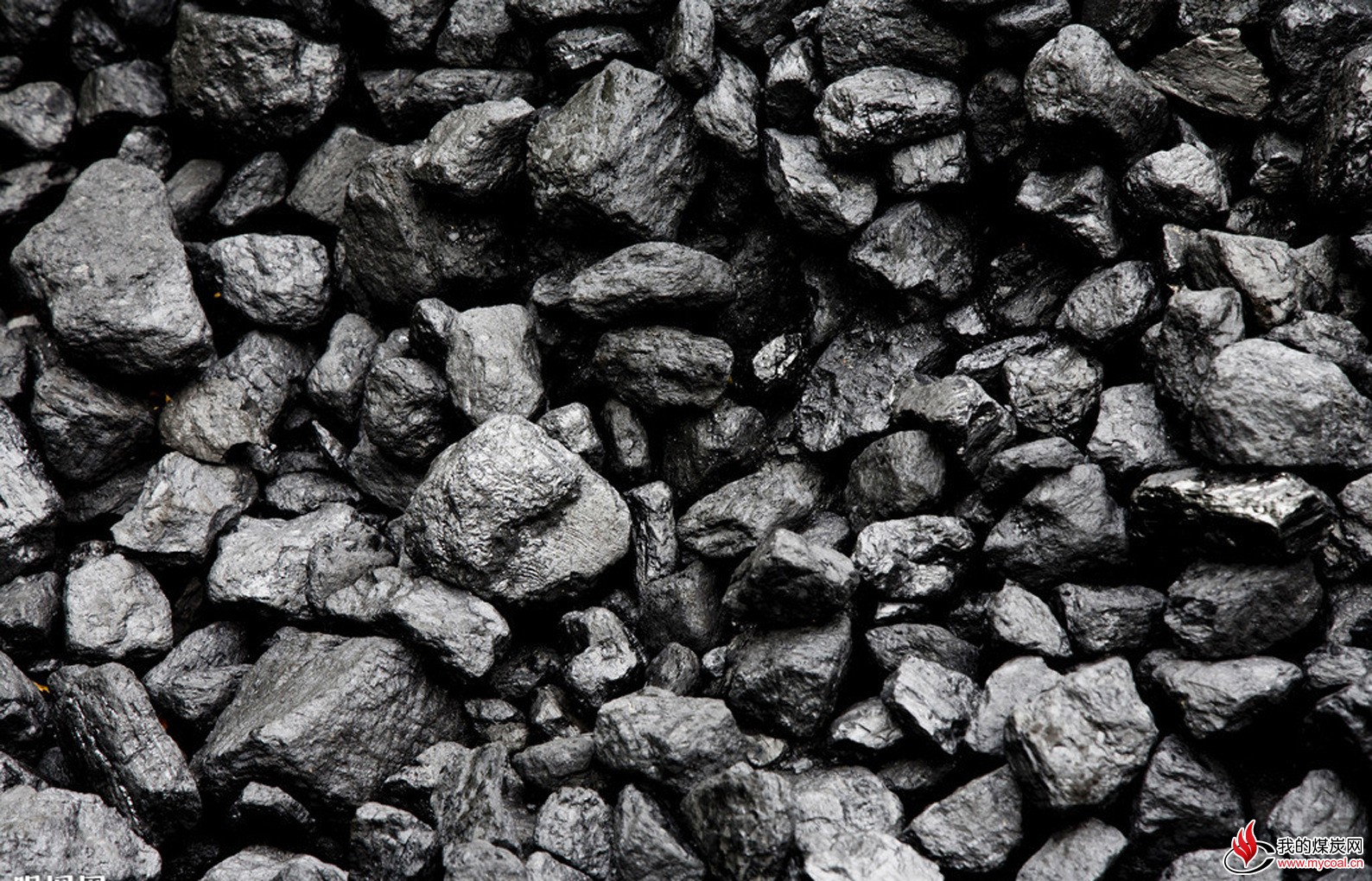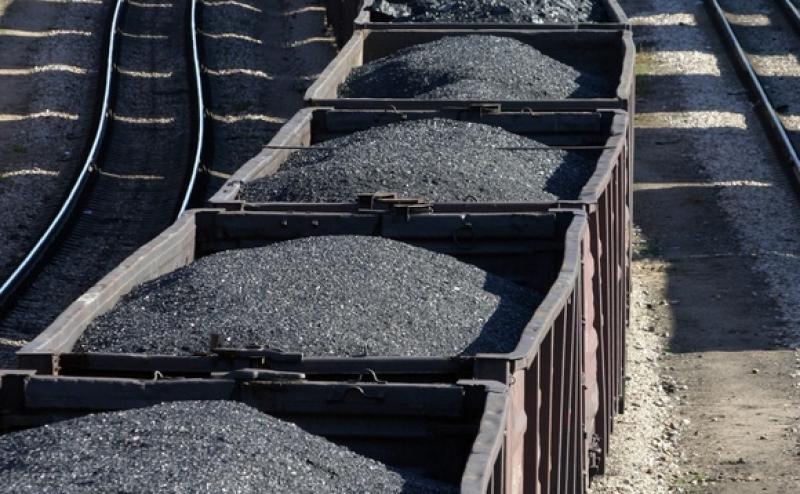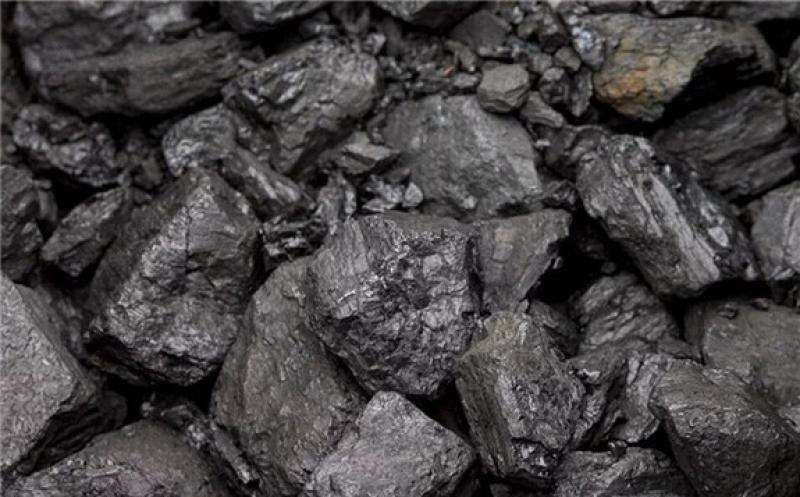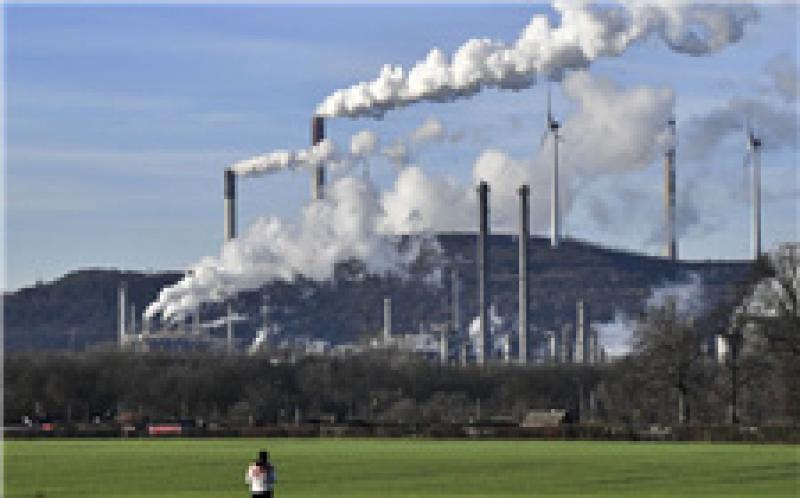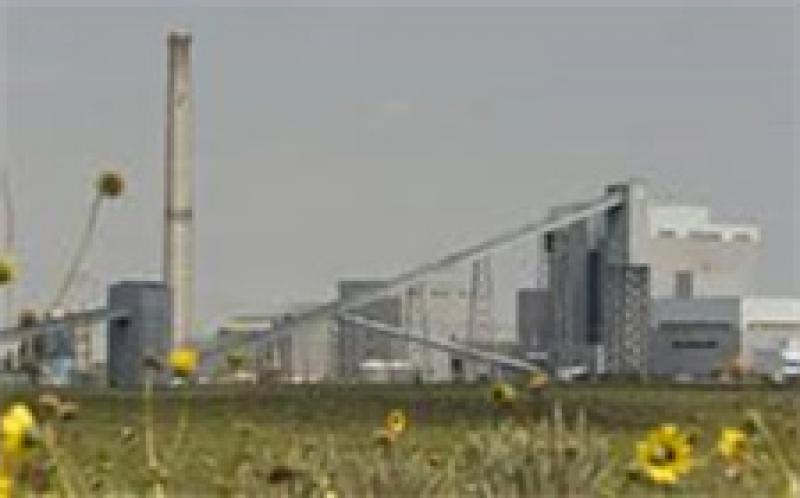
Brent crude oil futures climbed 16 cents, or 0.2%, to $85.60 a barrel by 0033 GMT. U.S. West Texas Intermediate crude futures rose 14 cents, or 0.2%, to $82.95 per barrel.
Both benchmarks closed down on Tuesday as fears faded that Hurricane Beryl would disrupt production in the Gulf of Mexico.
U.S. crude oil inventories fell by 9.163 million barrels in the week ended June 28, according to market sources citing American Petroleum Institute figures on Tuesday. However, gasoline inventories rose by 2.468 million barrels, and distillates fell by 740,000 barrels.
Analysts in a Reuters poll had expected a 700,000-barrel draw in crude inventories, a 1.3 million barrels drop in gasoline stocks, and a 1.2 million barrels fall in distillates stocks.
"Oil prices were supported by a U.S. crude inventories draw, but gains were limited as some investors were still seeking to take profits from the recent rally to reach the highest levels since April," said Mitsuru Muraishi, an analyst at Fujitomi Securities.
The Energy Information Administration, the statistical arm of the U.S. Department of Energy, is due to release its weekly data on Wednesday at 1430 GMT.
U.S. gasoline demand is expected to ramp up as the summer travel season picks up with the Independence Day holiday this week. American Automobile Association has forecast that travel during the holiday period will be 5.2% higher than in 2023, with car travel up 4.8%.
On the supply side, the Organization of the Petroleum Exporting Countries' (OPEC) oil output rose in June for a second consecutive month, a Reuters survey found on Tuesday, as higher supply from Nigeria and Iran offset the impact of voluntary supply cuts by other members and the wider OPEC+ alliance.
Hurricane Beryl, tearing through the Caribbean Sea, is expected to have weakened into a tropical storm by the time it enters the Gulf of Mexico late this week, according to the U.S. National Hurricane Center.
